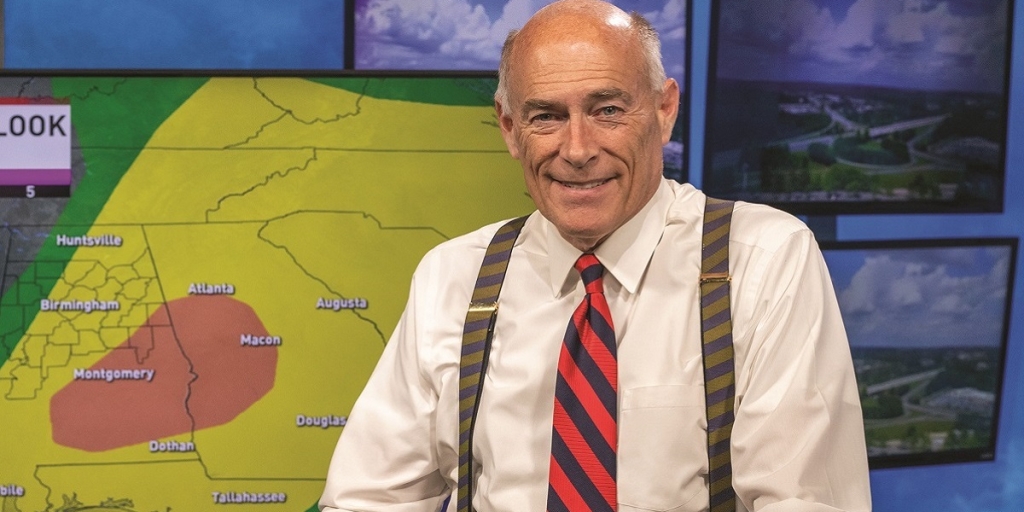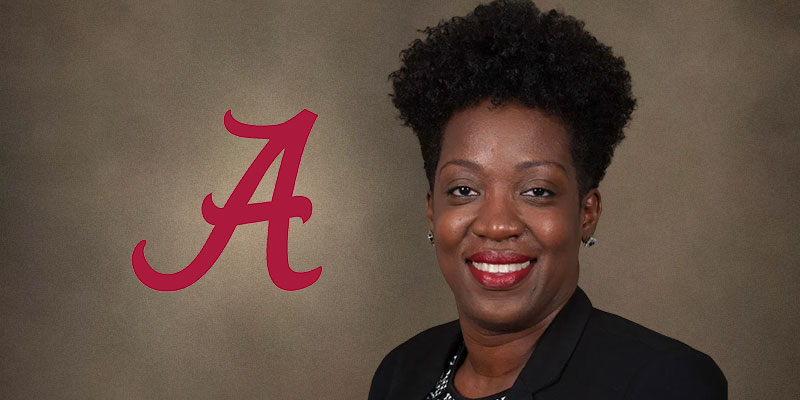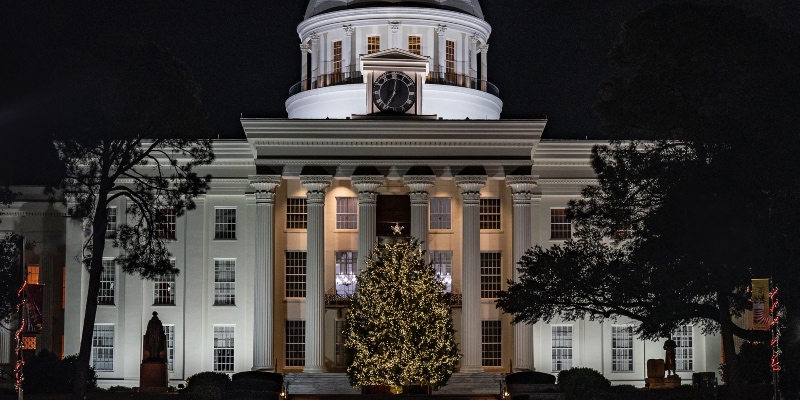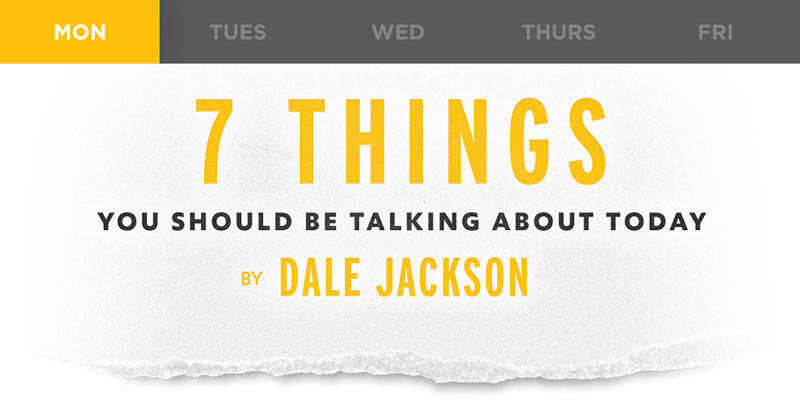It is a celestial treat for amateur astronomers as well as those interested in tying the heavens to religious events. It’s the annual planetary conjunction of Jupiter and Saturn that should be easily viewed in the early evening sky. The event is also called the Christmas star.
The planets regularly appear to pass each other in the solar system with the positions of Jupiter and Saturn being aligned in the sky about once every 20 years. Actually every 19.85 Earth years. It’s a natural occurrence because Jupiter takes 11.86 years to orbit the Sun and Saturn 29.4 years. This means they will appear to pass each other in our night sky from our point of view despite being many millions of miles distant from each other.
This phenomenon will peak on the evening of Monday, December 21.
What makes this year’s spectacle so rare? It will be the closest great conjunction since July 16, 1623, and the first to be easily observable since March 4, 1226, thus allowing nearly everyone around the world to witness this “great conjunction.”
Henry Throop, astronomer in NASA’s Planetary Science Division, said the closest alignment will appear just a tenth of a degree apart and last for a few days. On the 21st, the planets will appear so close that a pinkie finger at arm’s length will easily cover both planets in the sky. The planets will be easy to see with the unaided eye by looking toward the southwest just after sunset.
From our vantage point on Earth, the huge gas giants will appear very close together, but they will remain hundreds of millions of miles apart in space. And while the conjunction is happening on the same day as the winter solstice, the timing is merely a coincidence, based on the orbits of the planets and the tilt of the Earth.
Each December, planetariums and astronomers across the globe speculate on the origin of the “Christmas Star” or “Star of Bethlehem.” As the story in the Gospel of Matthew goes, a bright star rose after the birth of Jesus Christ that the wise men then followed to find him.
Some believe it was a comet or a supernova. It could have been a conjunction of two planets? It is a detail that remains open for debate.
For those who would like to see this phenomenon for themselves, here’s what to do:
- Find a spot with an unobstructed view of the sky, such as a field or park. Jupiter and Saturn are bright, so they can be seen even from most cities.
- An hour after sunset, look to the southwestern sky. Jupiter will look like a bright star and be easily visible. Saturn will be slightly fainter and will appear slightly above and to the left of Jupiter until December 21, when Jupiter will overtake it and they will reverse positions in the sky.
- The planets can be seen with the unaided eye, but if you have binoculars or a small telescope, you may be able to see Jupiter’s four large moons orbiting the giant planet.
Ray Garner is a contributing writer to Yellowhammer News. He is the retired chief of staff to the president at The University of Alabama in Huntsville as well as the former business editor of The Huntsville Times. Ray also served as a member of the Alabama House of Representatives.













